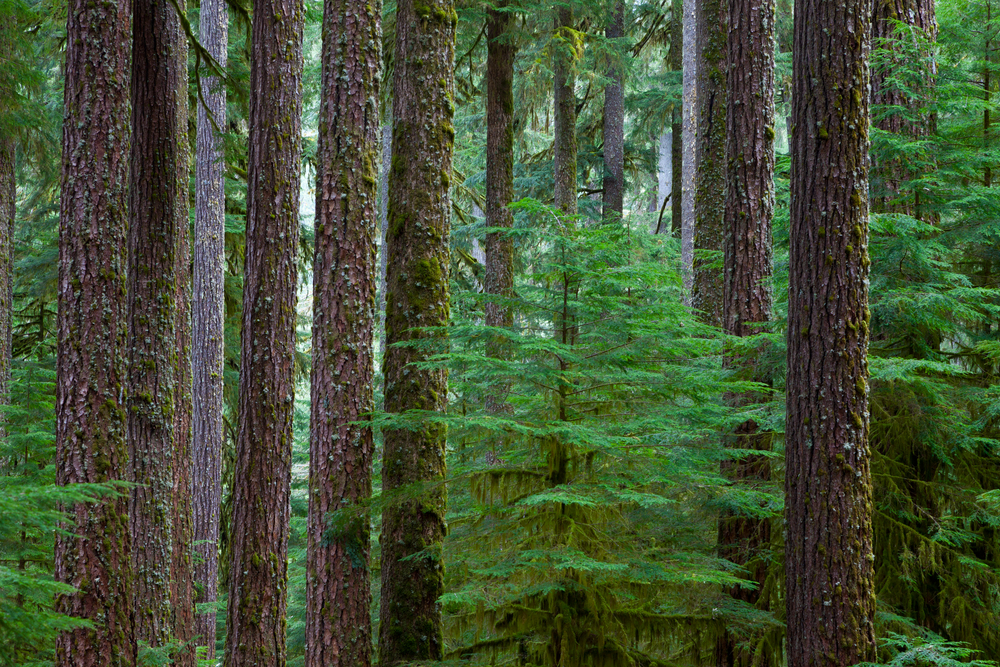Our Fiber & Fiber Certifications
The wood fiber used in our high yield pulping system is comprised of chips that are repurposed sawmill residuals. These sawmill residuals come from responsibly managed local forests. Our fiber may be purchased as chain of custody certified under the following global certification programs: Forest Stewardship Council™ (FSC-C132345), Sustainable Forestry Initiative® (SFI-01688) or Programme for the Endorsement of Forest Certification (PEFC-29-31-404). Under each of the noted certifications, program specific claims are available.
Our lightweight packaging papers are made from recycled waste papers. NORPAC recovers hundreds of thousands of tons annually of mixed paper and old corrugated containers for reuse in these packaging grades. This provides the unique opportunity for grade specific options that are produced with 100% Recycled fibers for which an FSC™ Recycled claim is available.
Our paper products hold other certifications such as FDA Food Contact Compliant and many others. Please contact you sales representative for certification options to best meet your needs and those of your customers.
Other interesting facts about our wood fiber:
The sawmill residuals we purchase from our suppliers come from trees harvested within 100 miles of the NORPAC mill site. Most of our sawmill residuals are generated less than ¼ mile away. This also contributes to a lower carbon footprint.
Our suppliers are always growing more wood than they are harvesting.
The predominant species in the Pacific Northwest is Douglas Fir. This is one of many conifer species that are extremely sustainable in our region due to a combination of mild temperatures, sufficient moisture both contributing to short harvest cycle and thus abundance.
NORPAC is the only paper mill in the world that uses mostly Douglas fir in the mechanical pulp process to produce graphic papers. A $90 million investment in a state-of-the-art chip pre-treatment plant allows us to process Douglas fir resulting in high brightness, strong fibers needed to produce high quality graphic papers at twice the fiber yield as compared to conventional Kraft pulping and bleaching process.

